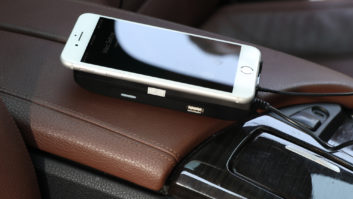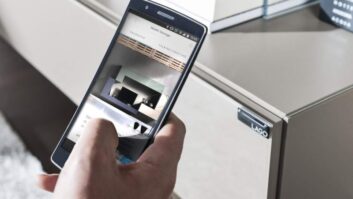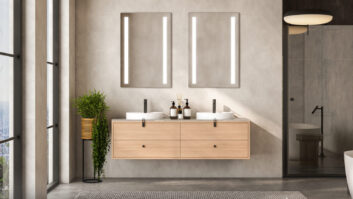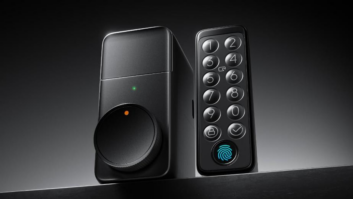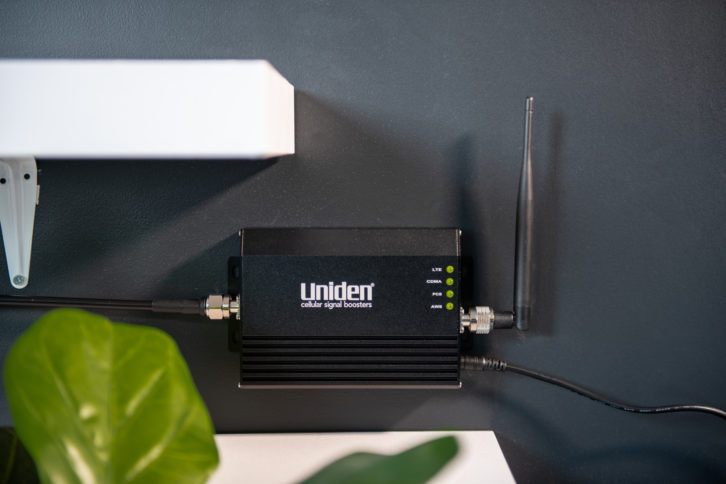
Connectivity is king in the smart home. Without it, intelligent light switches, electronic door locks, thermostats, AV equipment, computing devices, and other smart components aren’t smart at all. They fail to pick up commands launched by smartphones, keypads, and handheld remotes; they miss important updates from the cloud; they become a source of frustration rather than simplicity and convenience for end-users. Today, most households rely on stable, reliable Wi-Fi networks to keep smart devices operating optimally, but that may soon change.
As the number of Wi-Fi-enabled devices inside and IoT devices outside homes continues to climb, Wi-Fi networks can’t help but struggle. Cellular networks can help lighten the load. Traditionally used for texting and talking via smartphone, cellular technology is quickly gaining ground in data throughput, making it well poised as an adjunct connectivity method for smart home applications.
Manufacturers of smart home devices have already begun to adopt a hybrid approach with solutions that support connectivity via Wi-Fi and cellular signals. Especially for security systems and other life and home safety products, having a reliable connection point like cellular is imperative for times when Wi-Fi service is lagging or offline.
Cellular offers several other advantages to smart home environments: For starters, households don’t need anything special, other than a smartphone and a service contract, to get cellular. It’s always there, always available, and now that apps are one of the most popular ways to interact with smart home devices, cellular networks are a natural fit as a communications platform for smart home applications.
 Plus, with cellular, there are no log-in passwords or codes to remember or enter. Service and connections are seamless and transparent making it extremely intuitive and user-friendly. As with any home tech product, the easier it is to use, the more enjoyable and beneficial it is to one’s lifestyle.
Plus, with cellular, there are no log-in passwords or codes to remember or enter. Service and connections are seamless and transparent making it extremely intuitive and user-friendly. As with any home tech product, the easier it is to use, the more enjoyable and beneficial it is to one’s lifestyle.
There’s just one hitch: Like Wi-Fi, cellular signals often fall short when it comes to maintaining strength and coverage inside a home. The mere construction materials of a home—concrete, metal sheeting, low-E windows in particular–can impede cellular reception. This can render the signal weak or non-existent in certain areas of the home, making it difficult to not only talk and text but monitor and control smart home equipment. Although 5G promises great things in terms of data throughput, it still won’t cut through the obstacles that already hinder cell service inside the home.
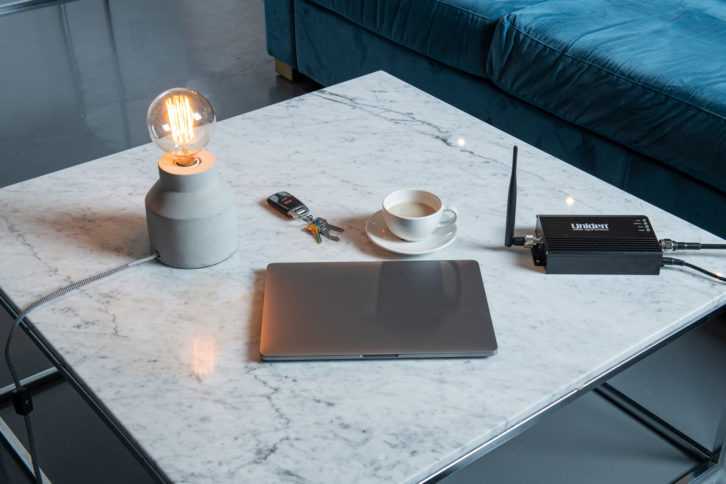
Thankfully, a cellular booster can resolve connectivity issues, as well as any communications snags households encounter with their smartphones. Just like Wi-Fi extenders are a familiar accessory to support smart home applications, so too will cell boosters as IoT and cloud-based monitoring continues to build momentum. Consumers need boosters now to get the bars they need to talk and text via cell; they also need those bars to monitor surveillance cameras, control electronic door locks, receive and respond to notifications from their alarm system, and more. A strong cellular signal also enables devices inside smart homes to reliably connect with IoT devices outside the home, like cloud-based servers. This is important as the cloud continues to gain acceptance as a safe, secure, and simple way to route software updates, facilitate remote monitoring, and store and provide access to images captured by security cameras, for example.
As with any home technology, user friendliness, ease of installation, reliable performance, and cosmetic discretion is key to consumer adoption, A cellular booster that checks off each box offers retailers a compelling addition to their smart home lineups. Preconfigured kits that include everything needed to install and use a cellular booster resonate with smart home users who don’t have the time or inclination to piecemeal a system together. Components including an outdoor antenna that captures the cellular signal from the nearest tower, coaxial cabling that carries the outdoor signal inside, a booster that receives the incoming signal and amplifies it, and a distribution antenna that spreads the enhanced signal throughout the home are all included in these consumer-friendly turnkey kits.
Given that no two homes or households are alike, it’s important to align with manufacturers that offer a range of solutions, on-call technical support, exceptional product warranties, and the option to have the system professionally installed by a pre-qualified integrator. By focusing on the evolving needs of smart home users and applying technological innovation to stay on pace, manufacturers of cellular boosters offer retailers one more way to capitalize on the burgeoning smart home marketplace.
For information on how to become a reseller of Uniden’s line of cellular booster solutions, learn more about the technology and purchase products go to unidnecellular.com.
About the Author
LaRue Martz is the Vice President of Sales at Uniden Cellular. With more than 20 years of experience as sales executive for various leading telecommunications companies, he understands the communications needs of residential and commercial industries, and the importance of cellular boosters to better connectivity. As the demand for cellular boosters continues to grow, Martz plays an instrumental role in expanding Uniden Cellular’s market presence and reputation as a leading provider of innovative cellular boosters.
See also: CTA Says Smartphones, Smart Home Up; TVs, Laptops Down For 2022




